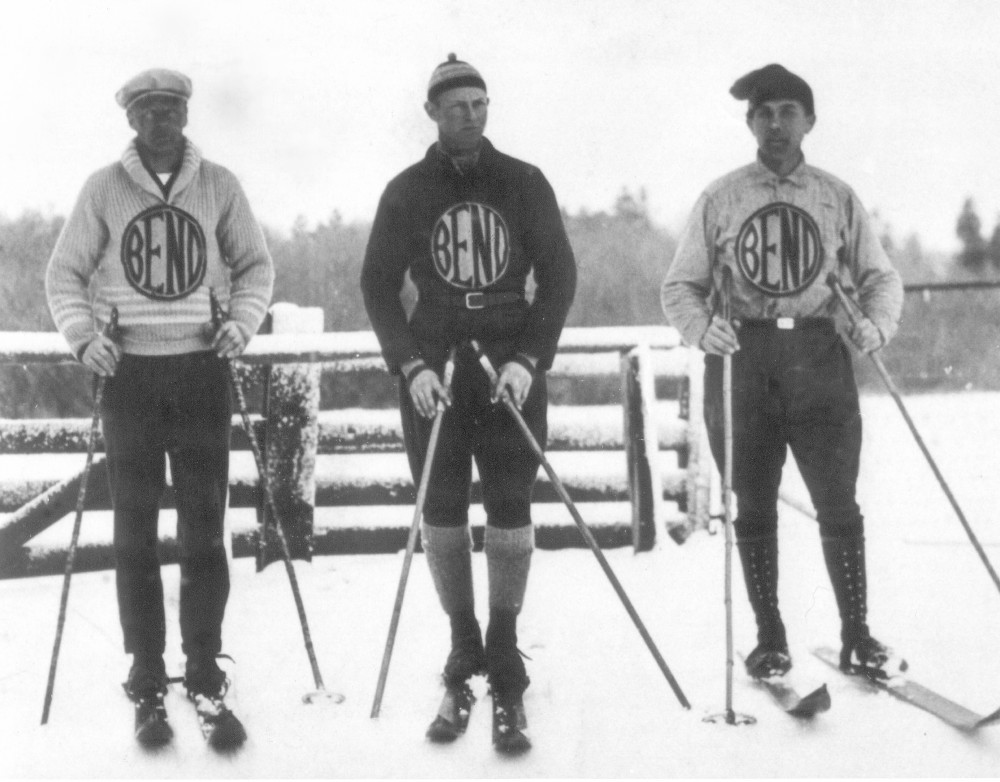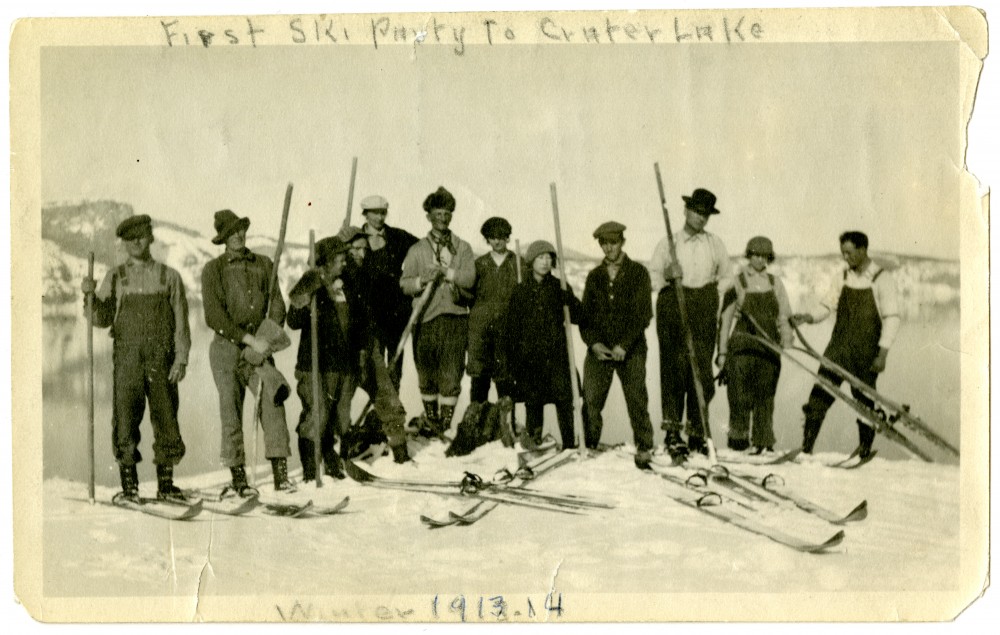BEND, Ore. — Make a mental picture of this: it’s a tree-splitting cold night. Windless. You are headlamp skiing down firm tracks. Perfect kick.
Although venturing out into arctic air is an easy deal breaker, for many skiers it heightens the senses. It can be that way for many outdoor activities. But, cross-country skiing has, at its core, many of these recurring moments.
We seek them out again and again.
In Norway, there’s a word: “Friluftsliv”. Its direct translation means “open-air living”. Diving a bit deeper, friluftsliv is what Norwegians claim is way of engaging with nature and it’s something infused into the national psyche.
(For a far more thorough treatment of friluftsliv, read this article in the Canadian Journal of Environmental Education, written by Dr. Hans Gelter, associate professor at Luleå University of Technology.) An exhibit called “Winter Comes” at the Deschutes Historical Museum in Bend, Ore., is in many ways a celebration of friluftsliv, but with an Oregon twist.

Bend resident and co-curator of “Winter Comes: Oregon’s Nordic Ski History”, Tim Gibbons said this of friluftsliv: “It really means to embrace nature and to be outside and enjoy that, and that’s what the Scandinavians brought to places like Bend. And to me that is how I grew up. But that’s because I was around parents and grandparents that already had that as part of them. I think that is one of their gifts; they are bringing this appreciation and that’s how you express yourself — to be outside.”
There’s serious truth to that statement. Tim’s father, Tom Gibbons, is a common sight on the community ski trails. He’s 92.
“Winter Comes” honors what many cross-country ski communities nationwide owe to groups of immigrants who took a chance on cruising and cutting timber, or any number of jobs associated with natural resource extraction.
Co-curator Tor Hansen, a native of Sweden, said these people were “city builders”. And part of what they have gifted is an outdoor lifestyle. People in places like Bend — synonymous with big snow, plentiful skiing — are indebted to their forebears who couldn’t live without winter sport.
“The people that were sensing opportunities at the beginning of the 20th century, 1910-1920, there was business opportunity here, but they loved the outdoor lifestyle,” said Kelly Cannon Miller, director of the Deschutes Historical Museum. “What we think of as a lifestyle isn’t new. It’s just that we are marketing it and talking about it as a choice. Back then, when people were coming here it was what they did. It was how they sent their spare time. It was pre-television: we read and and we were outdoors. To me it continues, why some people settled this place — it is the same attraction for people moving here now as it was then? Only back then, maybe less business opportunity. You were moving here for a lifestyle and you hoped you got a job, you hoped you were lucky enough to have both a business or an opportunity to work in the mill and live in a place that reminded you of Minnesota or reminded you of Scandinavia — or the Eastern Europeans that were moving here as well. There was an opportunity to live that outdoor lifestyle and have an opportunity for a new life.”
“Winter Comes” literally starts at the beginning. The exhibit examines the origins of skiing approximately 8,000 years ago and brings the community into near real-time focus as it highlights nordic skiing’s Oregon roots. Locally, it began in 1927 when a mountaineering accident in the Three Sisters Wilderness prompted calls for a trained and on-call rescue corps and the eventual birth of the Skyliners Ski Club. The Skyliners built a ski jump near McKenzie Pass, about a thirty mile drive from Bend, and eventually moved it’s lodge, jumps, and energy to an area closer to Bend — to within a ten mile drive from downtown.

(Courtesy: Crater Lake National Park)
The images, clothing and equipment on display highlight a profound contrast to today’s high-fluoro culture; it was a woolen and leather clad hardscrabble people that built up the sport we love.
From the Klamath Trophy presented to the winner of the Fort Klamath to Crater Lake race, dating back to 1929 (and on loan from a Swedish Museum), to profiling the founders of Bend’s ski scene: Emil Nordeen, Nels Skjersaa, Nils Wulfsberg and Chris Kostol, the exhibit is a reminder of lives well lived and community showing its gratitude for a mega-dose of friluftsliv.
The exhibit runs through Nov. 30 at the Deschutes Historical Museum in Bend. In 2017, the exhibit will go to Klamath County Museum in Klamath Falls for six months, then Mt. Hood Cultural Center and Museum in Government Camp, Ore., for six months and then Nordic Northwest (formerly Scadinavian Heritage Foundation) for two months in Beaverton, Ore., before it returns to the Deschutes Historical Museum as a permanent exhibit.
For more information on the first skiers click here.
For a video on the first skiers click here and check out our slideshow above.
Jason Albert
Jason lives in Bend, Ore., and can often be seen chasing his two boys around town. He’s a self-proclaimed audio geek. That all started back in the early 1990s when he convinced a naive public radio editor he should report a story from Alaska’s, Ruth Gorge. Now, Jason’s common companion is his field-recording gear.
